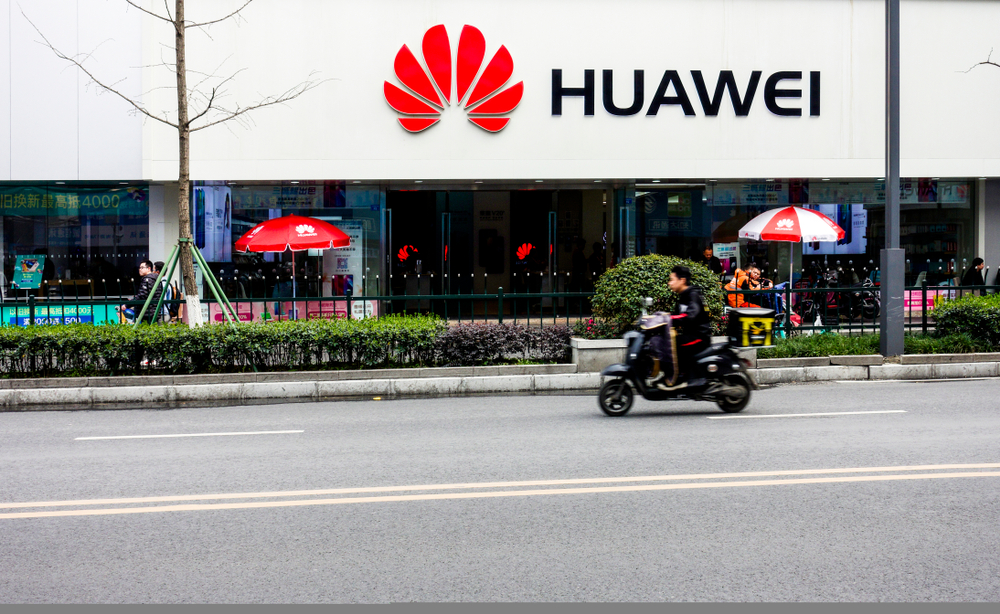Huawei Technologies will try to prove its embattled smartphone business is still alive despite the US crackdown when the Chinese tech group releases its latest flagship handset on Thursday.
The world’s second biggest smartphone maker as recently as last year is slated to introduce its latest P50 smartphone in a Chinese-only, online event, a stark contrast to previous launches. Normally, the company rolls out its P-series handsets in February or March at splashy events in Barcelona or other major European cities to target global consumers.
The launch of P50, however, was delayed as Huawei struggled to secure chips and other vital electronics due to US trade restrictions on the company.
Washington originally blacklisted the company over national security concerns in 2019 and later amended its export control rules to block all unlicensed shipments of chips and components to Huawei, even from non-US suppliers if they used any American technology. The tighter rules blocked Huawei from most key chip suppliers—including Taiwan Semiconductor Manufacturing Co., MediaTek and Qualcomm—and restricted its access to the most advanced chips.
This has forced the company to rely on stockpiled inventories of chips for its recent smartphones.
The US government also banned Huawei’s access to Google’s Mobile Services, which include popular mobile applications like Gmail, YouTube, and Google Play. This has weighed heavily on Huawei’s overseas smartphone performance since May 2019.
Top Huawei executives have acknowledged that Washington’s crackdown has seriously impacted the company’s smartphone business. The company has been allocating resources for developing HarmonyOS—its own version of Google’s Android mobile operating system that is widely used in Samsung, Oppo, and Xiaomi handsets—in hopes of rebuilding a smartphone and internet of things ecosystem free of American technologies.
The Chinese tech giant also aggressively invested in domestic chip companies and is ramping up overseas hiring, mainly in Europe, in an attempt to maintain its tech prowess, Nikkei Asia reported earlier.
Huawei’s market share for smartphones plunged 20% in the period from April to June 2020 to seventh place in the first quarter of this year, when it held only a 4% share, according to Counterpoint Research.
In its home market, Huawei dropped to number six with an 8.3% market share. Honor—Huawei’s budget smartphone line that was sold to a consortium in November last year—ranked fifth in China, IDC’s preliminary data showed.
“The shipment [of components] to Huawei has been very limited this year. We ship tens of thousands a month rather than millions like in the past,” a longtime Huawei supplier told Nikkei. “We now hope Honor can cement its presence and rise in the smartphone market.”
According to Isaiah Research, Huawei’s smartphone shipments this year could drop to around 40 million units in 2021. Last year, it still shipped 189 million units and ranked third globally, while in 2019 it shipped a record 240.6 million units, putting it second only to Samsung, IDC data showed.
“We think the outlook of Huawei’s smartphone business is not so bright,” said Eddie Han, an analyst with Isaiah Research. “Instead, Huawei is likely to spend more resources on building software and applications, especially on its HarmonyOS and its ecosystem partners.”
“We think Huawei will turn to other non-5G products like notebook computers, TVs, wearables, internet of things, and automotive electronics,” Han said.
Read this: Huawei’s wolves: Li Jiang unpacks his sales team’s culture of winning at all costs
This article first appeared on Nikkei Asia. It’s republished here as part of 36Kr’s ongoing partnership with Nikkei.
